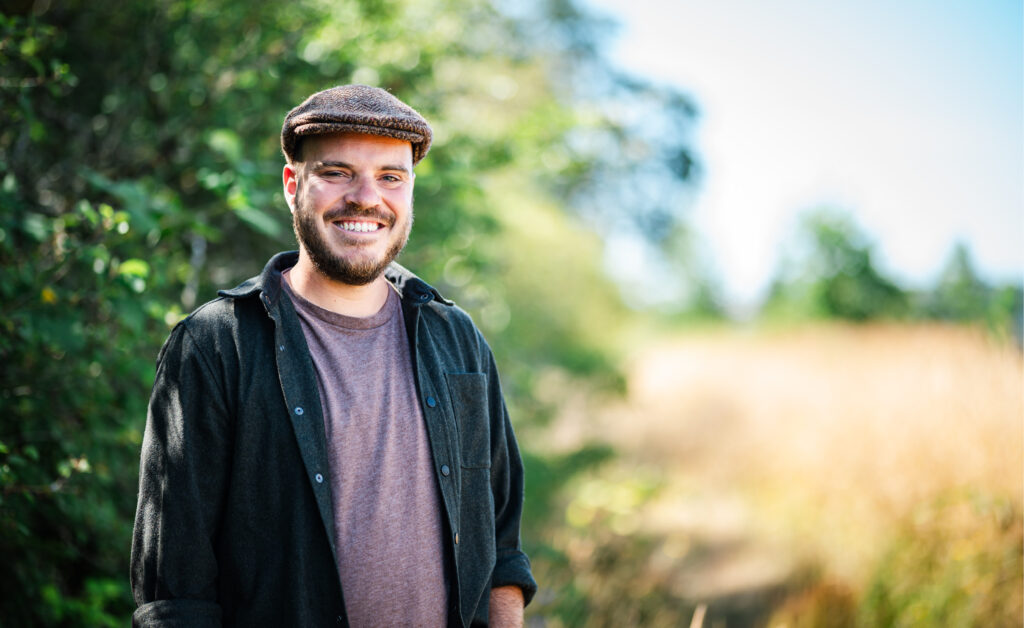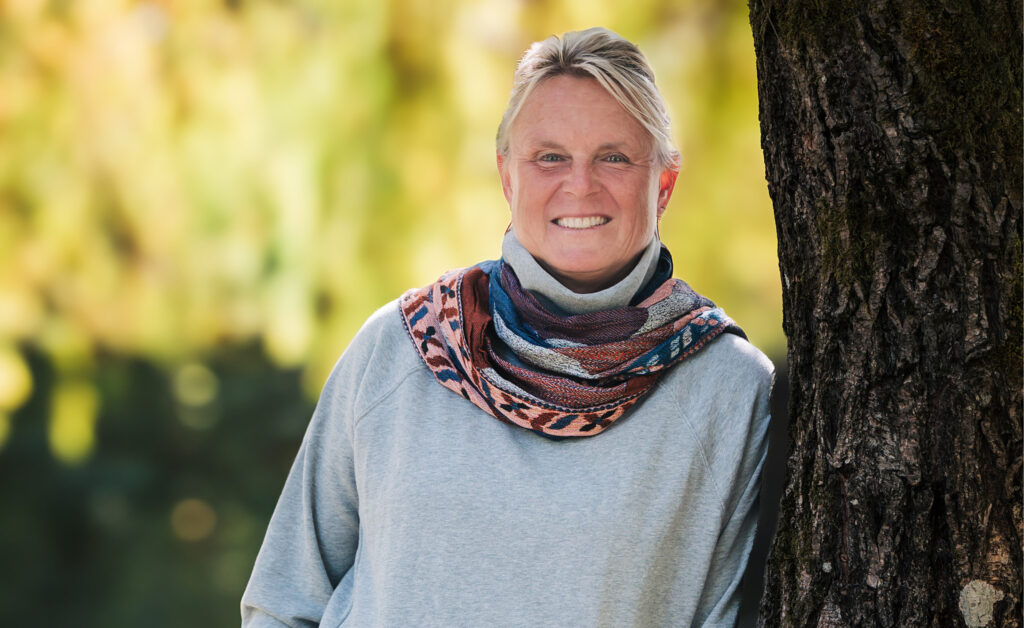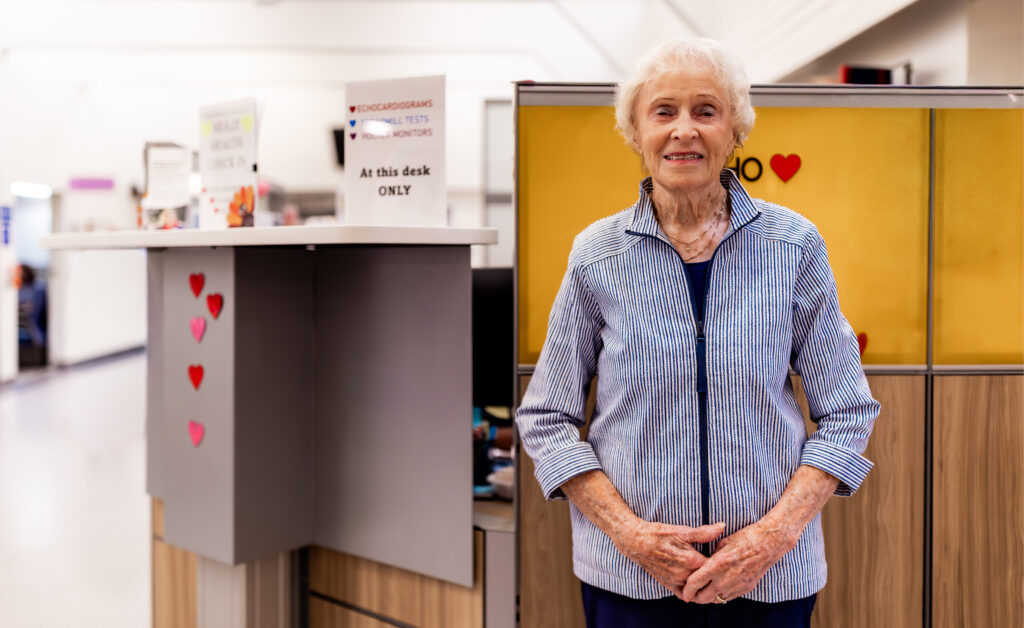Words Jesse Holth
Photo Janis Jean
Matthew Kyriakides works in agrology – a science-based practice that supports agriculture and environmental protection – and is completing a PhD on farming techniques and soil restoration.
We spoke about food security, bringing communities together, and the importance of long-term stewardship.
What is your background? How did you first get interested in this field of study?
I am a Professional Agrologist with over a decade of experience in agriculture and forestry, exploring the intersections of agriculture, land stewardship, food security and community collaboration. My work has taken me to Iceland, Mexico, the Netherlands and across Canada, from Nova Scotia to Haida Gwaii.
I am available for consulting projects while completing my PhD with the Ecogastronomy Research Group at the University of Victoria, where I study the trade-offs between soil health restoration and viable farming methods. I also serve on the Board of Directors for FarmFolk CityFolk, a provincial charitable non-profit advancing sustainable food systems.
My passion began during a community soil science class at the UBC Farm in 2012. Though I wasn’t raised on a farm, I come from a long line of farmers in South Africa, and working with the land awakened a seed in me I never knew existed.
You previously conducted research at the Sandown Centre for Regenerative Agriculture – an old horse-racing track that has been turned into a community farm. What kind of work were you doing there?
I worked for nearly four years as the Stewardship Manager at the Sandown Centre, a community farm on W̱SÍḴEM territory in North Saanich. This agricultural reclamation project brings together diverse community members and provides land access for new farmers. While there, I supported wetland, forest and meadow restoration, carried out fieldwork for my PhD, led tours and workshops, and helped with various on-site initiatives. It was a perfect opportunity to conduct research while being part of a vibrant land-based community project.
People have historically drained wetlands, cleared forests and degraded the environment in order to farm. How can we make agriculture more sustainable?
That is a huge question! We need to start by recognizing the inherent trade-offs in every farming decision, especially maintaining financial viability in a difficult and often unpredictable industry. Many promising initiatives locally and globally, such as Young Agrarians and the South Island Farmers Institute, are working to address these issues. I strive to facilitate food systems that balance care for the land, care for our communities, and care for the farmers who do the work.
You are a Professional Agrologist – can you explain what that means?
This is a registered professional designation maintained by the BC Institute of Agrologists in accordance with the Professional Governance Act. As a Professional Agrologist, I am qualified to consult with and sign off on projects within my declared practice areas, which are land conservation and management, land restoration and reclamation, and crop production and management.
While in Iceland, you worked on a government project investigating soil restoration and tree repopulation. What were some of the challenges and successes?
I was fortunate to intern with the Icelandic Forestry Service on the links between soil restoration and reforestation. Iceland has suffered extensive degradation and deforestation over the past 1,200 years and is now pursuing an ambitious plan to increase tree cover to 12% by 2100. I worked three days a week with the forestry field crew and spent the remaining days conducting independent research. This combination provided a grounded understanding of the challenges as well as the potential for reforestation work, which I was grateful to contribute to directly.
You’ve lived on the Peninsula for four years now – what is special about this area from an ecological point of view?
The Saanich Peninsula is an incredibly special place with exemplary models of long-term sustainable food systems. The fragmented Garry oak ecosystems we see today were once part of a vast complex of Douglas fir forests and Garry oak meadows stewarded over thousands of years by the Lək̓ʷəŋən (Songhees and Xʷsepsəm/Esquimalt) and W̱SÁNEĆ nations. These ecosystems provided kwetlal/ḰȽO,EL (camas in Lək̓ʷəŋən and SENĆOŦEN) from the meadows, various berries, and a rich variety of foods from the shoreline and waters. While much has been disrupted, there remains significant potential to integrate careful stewardship of these vulnerable ecosystems into our land-use decisions.
You spoke about ecosystem restoration – how does this work? How can we take better care of the land and provide stewardship for the future?
Many land and water ecosystems on the Peninsula have been heavily impacted by urbanization, agriculture and industry. While we can’t dial back the clock to a time before colonization, we can attempt to restore health by growing native plants and healing soils and waters everywhere – from roadsides and front yards to farm fields and parklands. Great initiatives like Peninsula Streams and Shorelines, Habitat Acquisition Trust, Satinflower Nurseries, PEPAKEṈ HÁUTW̱, and the W̱S͸ḴEM Ivy Project are doing this work on the Peninsula. Each of us can play a role by supporting or volunteering with these inspiring local organizations.
We need to prepare ourselves for a changing climate and build resilient food systems here on the Island – what steps can we take as individuals and as a community?
I believe we have a long way to go before we can call ourselves food secure on the Peninsula. Much of our food supply depends on global markets, which offer year-round variety but leave us vulnerable to disruptions, as recent trade conflicts have shown. There’s no silver bullet, but I am drawn to these key areas:
- Shift our perspective on land from a commodity for profit to a shared trust, creating long-term stewardship rights and responsibilities for committed communities.
- Support the farmers already growing in our community to care for the land and produce food in a way that ensures their livelihood.
- Reduce access barriers for new growers. Haliburton Community Farm, the Sandown Centre and the CRD’s Regional Foodlands Access Service are excellent initiatives which are bringing newer farmers into the community.
- Encourage cooperative business structures, land ownership and marketing channels.
- Weave agriculture and conservation together to ensure long-term agricultural viability.
- Promote education, training and connection opportunities for all ages.
- Ensure that all community members have access to nutritious and appropriate food in ways that promote dignity and respect.




